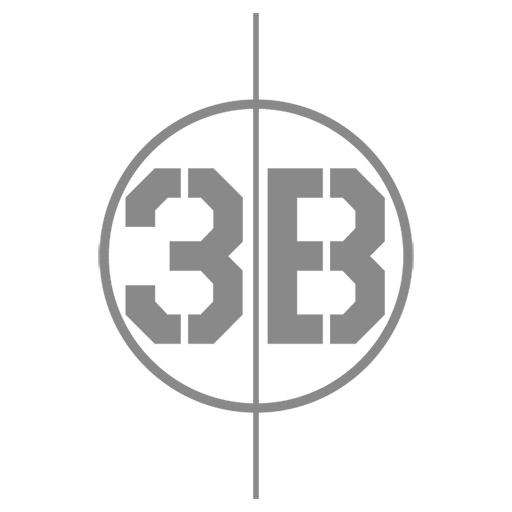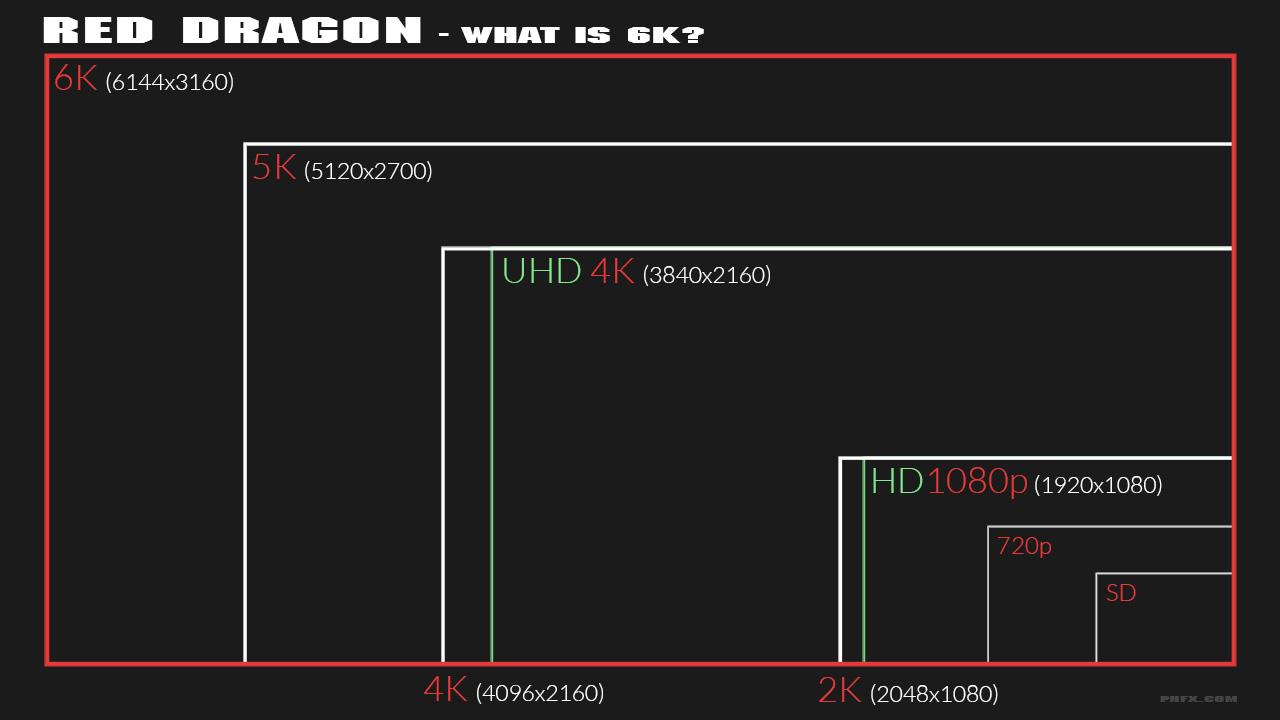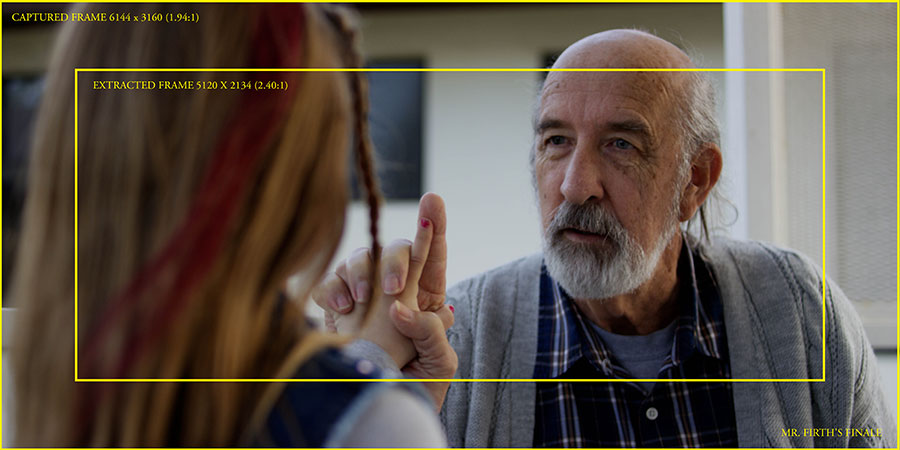What Is 6K
[vc_row css_animation=”” row_type=”row” use_row_as_full_screen_section=”no” type=”full_width” text_align=”left” video=”” box_shadow_on_row=”no”][vc_column][vc_column_text]Let’s start with 4K. You’ve probably noticed at your local big box stores such as Best Buy that they are selling 4K TV’s, also known as Ultra HD TV‘s. The current Full HD frame (screen) size is 1920 x 1080 (1,920 pixels wide and 1,080 pixels tall). This is the standard size set for all TV manufactures that are making and selling a Full HD television. With the advance is resolution, there is a new standard set for the television manufactures that want to use the title of Ultra HD 4K Television. A frame (screen) size of 3840 x 2160 (3,840 pixels wide and 2,160 tall).
So why is important to shoot in 4K? For several reasons, and we’ll touch on a few here. A big reason is distribution options. There are 4x the amount of detail in the image than 1080. Capturing images at this level of detail allow you to use the same material in several different formats. Shoot once, display everywhere. 4K images can be displayed everywhere, while 1080 captured images are not allowed on all distribution formats such as Sony’s 4K media player and such. Netflix’s own production requirements have set a 4K requirement for any production that they produce themselves. 1080p will start to become less relevant over the next few years, and as it does, then so does the content that was capture at that resolution. Capturing at 4K is good for today and tomorrow.
But why 6K not just 4K, if 4K is the future? “Options!”
Granted, 4K is good for most projects. 3B Digital Studios has shot many projects at 4K and are happy to continue do so. While 3B can shoot on a number of different camera systems, such as the Arri Alexa or Sony F55, we do prefer to shoot on our RED cameras (but as with any job, the right tool for the right job). Both capture at 4K while our Epic Dragon can also capture at 6K, 6144 x 3160 pixels. Refer to Figure 1 for the visual reference of 6k vs 4K and 1080p.
Figure 1
It’s easy to shoot at 6K and master 1080p if needed, but it’s not possible to shoot at 1080p and master at 4K. Granted most projects don’t need the resolution, but it’s a very handy option to have in your arsenal. The cost for the additional resolution is relatively small and often times the benefits far out weight cost and post production horse power needed to master at higher resolutions.
Another reason for shooting at 6K is the ability to master at 4K or higher while also allowing to reframe for better compositions in post. Looking at Figure 2, this is an example of an award winning short film called Mr. Firth’s Finale where the film was shot at 6K FF (6144 x 3160). But then was cropped to 5K 2.40:1 (5120 x 2134).
David Fincher has done the same type framing/workflow with the award winning Netflix show House of Cards and his 2014 film Gone Girl, where they capture at 6K 2:1 6144 x 3072, but then center exact at 5K 2.40:1 (5120 x 2134).
In short, not every project needs to be shot at 6K. But 6K does have its advantages that can help take your next project to another level. There other areas where the higher resolution helps such as VFX shots and a clearer image due to the amount of data the algorithm chooses from when the framing is reduced to a 4K or even HD image size.[/vc_column_text][/vc_column][/vc_row][vc_row css_animation=”” row_type=”row” use_row_as_full_screen_section=”no” type=”full_width” text_align=”left” video=”” box_shadow_on_row=”no”][vc_column][vc_column_text]Let’s start with 4K, you’ve probably noticed at your local big box store such as Best Buy that they are selling 4K TV’s or also known as Ultra HD TV‘s, The current Full HD frame (screen) size is 1920 x 1080 or in other words 1,920 pixels wide and 1,080 pixels tall. This is the standard size set for all TV manufactures that can claim they are making and selling a Full HD television. With the advance is resolution, there is a new standard set for the television manufactures that want to use the title of Ultra HD 4K Television. A frame (screen) size of 3840 x 2160 or in other words 3,840 pixels wide and 2,160 tall.
[/vc_column_text][/vc_column][/vc_row][vc_row css_animation=”” row_type=”row” use_row_as_full_screen_section=”no” type=”full_width” text_align=”left” video=”” box_shadow_on_row=”no”][vc_column][vc_column_text]
[/vc_column_text][/vc_column][/vc_row]





Sorry, the comment form is closed at this time.